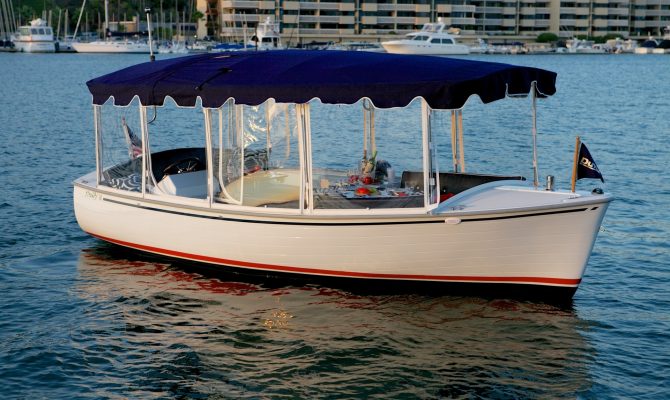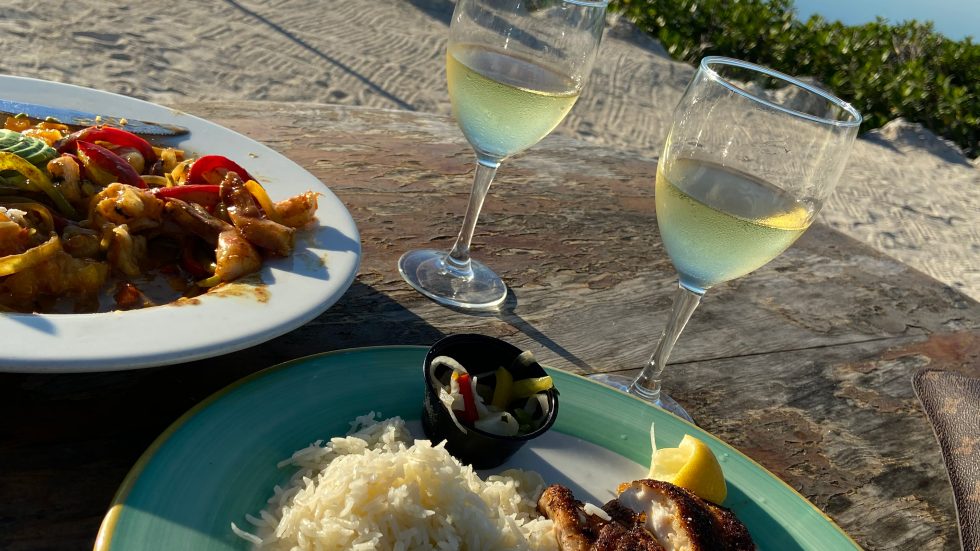Power Under Sail
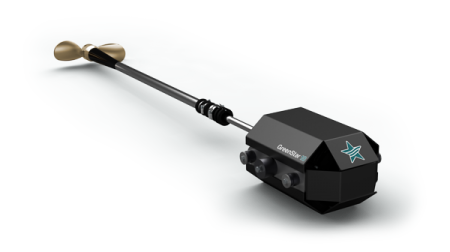
Swedish company GreenStar Marine has developed an all-electric propulsion system for sailboats that makes use of the drag (and attendant turning) of the propeller while sailing to charge batteries, which then power the vessel when not under sail. greenstarmarine.com
Electric Launches
Selling electric boats for almost 50 years, Duffy Electric Boat Company (a division of Duffield Yachts) builds classic launches powered solely by electricity. Smaller models with single battery packs run for up to 3 1/2 hours at about 5 mph. Larger models with double battery packs run slightly faster and extend that range to seven hours. While hull and propulsion designs remain standard, you can customize your Duffy any way you choose otherwise. Imagine a luxurious lake or river cruise in complete silence as you sip champagne and watch the sunset. duffyboats.com
Pod Drives
Not technically a new, green technology, pod drives like Volvo’s IPS and Cummins/Mercury’s Zeus qualify as alternative power to the extent that they improve performance while decreasing fuel consumption by more than 30 percent. Both companies accomplish this in similar fashion: Pods (technically called azipods) extend below the hull and provide thrust that runs parallel to the surface of the water rather than at a downward angle, as traditional inboard propulsion does. Additionally, since the pods themselves turn to steer, you no longer suffer the drag of the shafts, struts and rudders. Both systems employ dual, counter-rotating propellers that eliminate lost energy off the tips of the props as well as torque loss. volvopenta.com and mercurymarine.com
Electric Outboards
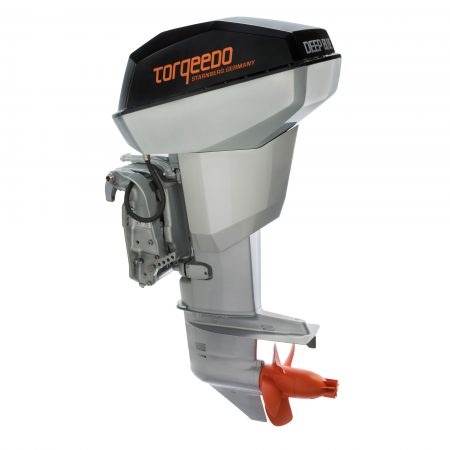
Torqeedo, a German manufacturer of electric outboards, inboards and hybrid drives, took a huge step toward true viability this year. Until now, the company had topped out with a 20-horsepower outboard. These engines performed magnificently, but, of course, such small horsepower limited the demand in America’s “let-er-rip” market. So, Torqeedo created an 80-horsepower outboard, the first in what is sure to be a growing line of larger hybrid-power products.
As if that weren’t enough, Torqeedo also introduced its revolutionary hybrid propulsion system. The Torqeedo Deep Blue Hybrid — available in single- and twin-engine configurations — utilizes a system of batteries and diesel generator(s) to power inboard, outboard or sail-drive props. It also has optional solar panels to augment the system. Sounds pretty simple, but this qualifies as one of the most advanced marine propulsion systems ever. Torqeedo reports that its high-performance battery banks will propel a 40-foot boat for more than 50 nautical miles without ever using the generator. Deep Blue comes with joystick controls for easy maneuvering when docking and anchoring. torqeedo.com
Solar Power
Powered strictly via photovoltaic cells (solar panels), the catamaran Sun21 recently made it into the Guinness Book of World Records for the fastest trans-Atlantic crossing powered exclusively by the sun. Sun 21 made the passage from Las Palms in the Canary Islands to Le Marin in Martinique in 29 days, registering a constant speed of 5 to 6 knots. While not blazingly fast — unless you compare it to the world of sail power — it is a first and a step in the direction of successful alternative marine power. transatlantic21.org
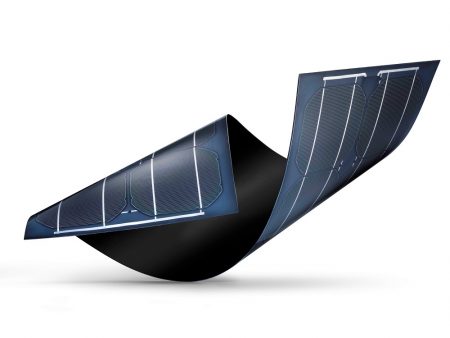
Sunflare recently became the first company to successfully mass produce flexible, light, affordable CIGS solar panels, which are over 65 percent lighter than Silicon modules. This allows surfaces to be covered without load-bearing concerns. In addition, CIGS are easier to install because they do not require an aluminum frame; nor do they require penetration. With Sunflare, nearly any surface — vertical, horizontal, even curved — can be transformed for energy gathering and power generation. sunflaresolar.com
[author] [author_info]Dean Travis Clarke is a contributor to HeartLand Boating magazine.[/author_info] [/author]

